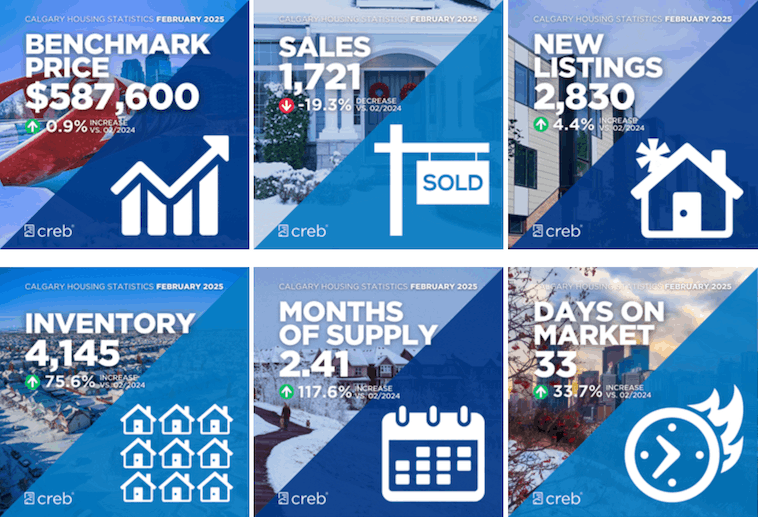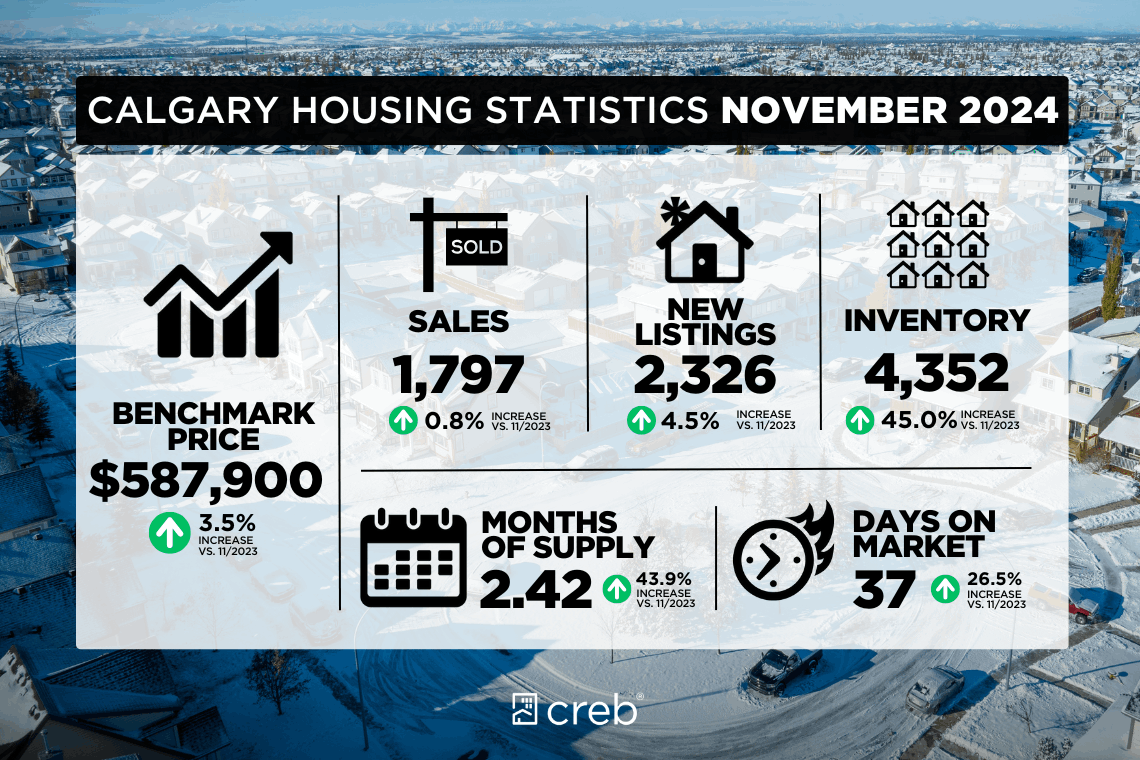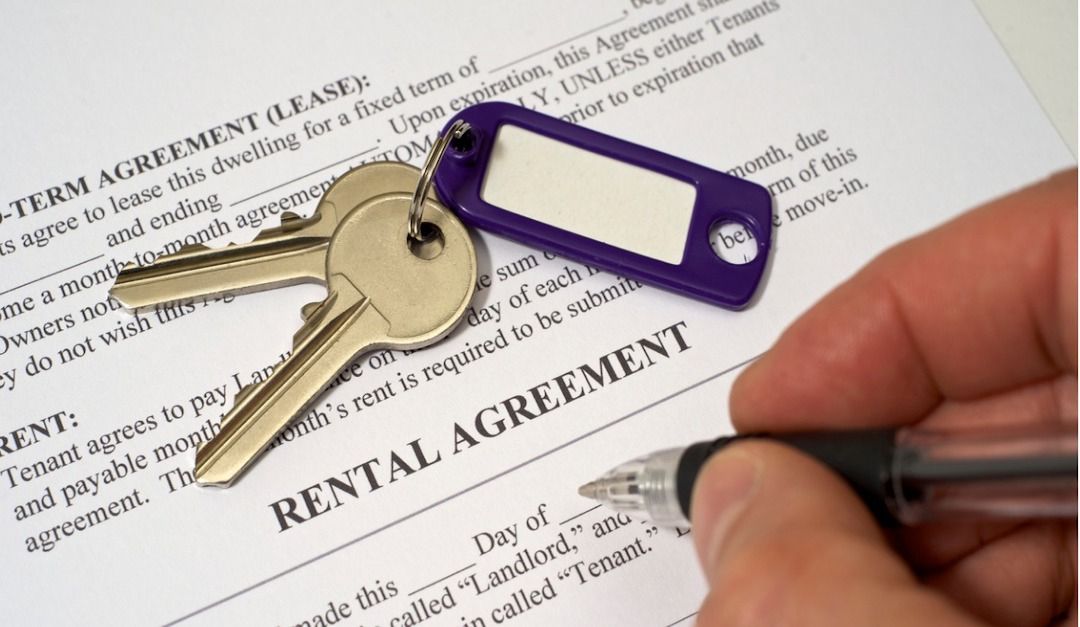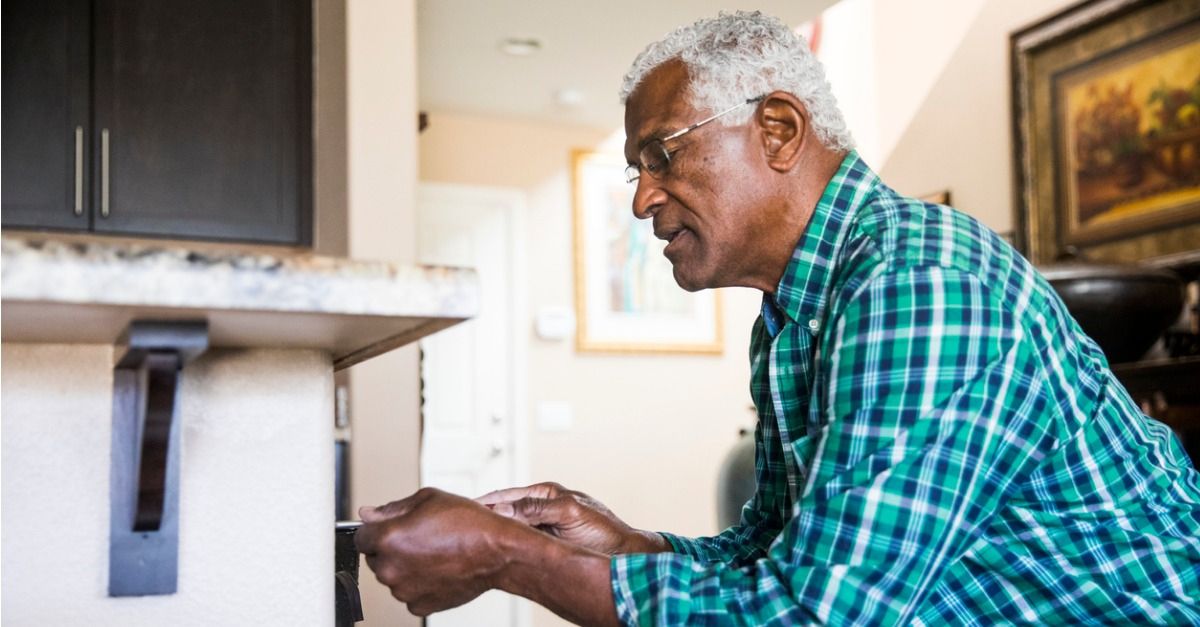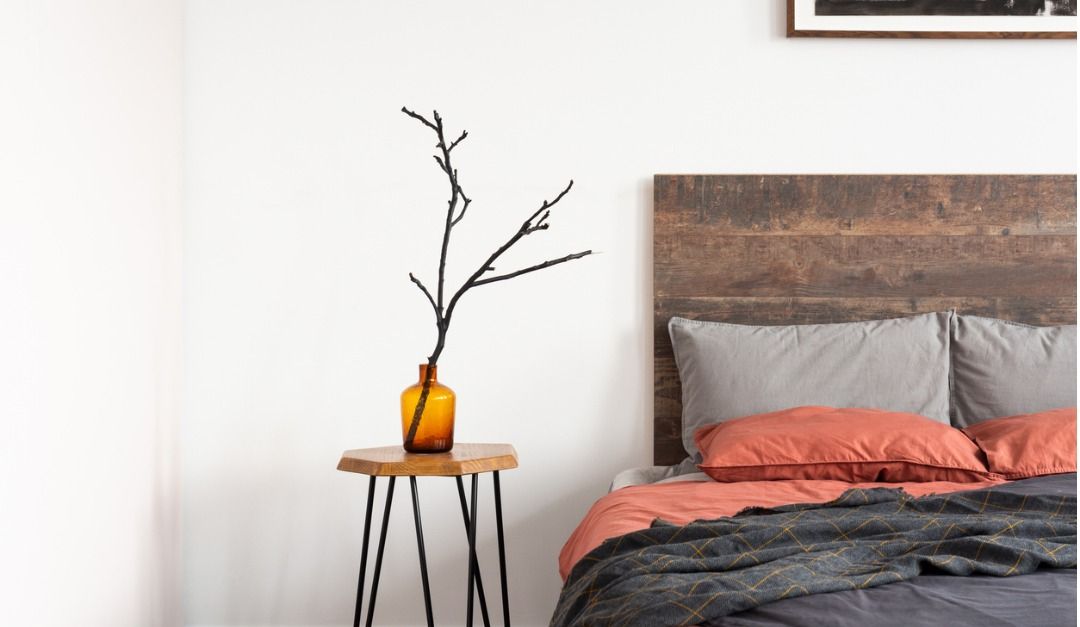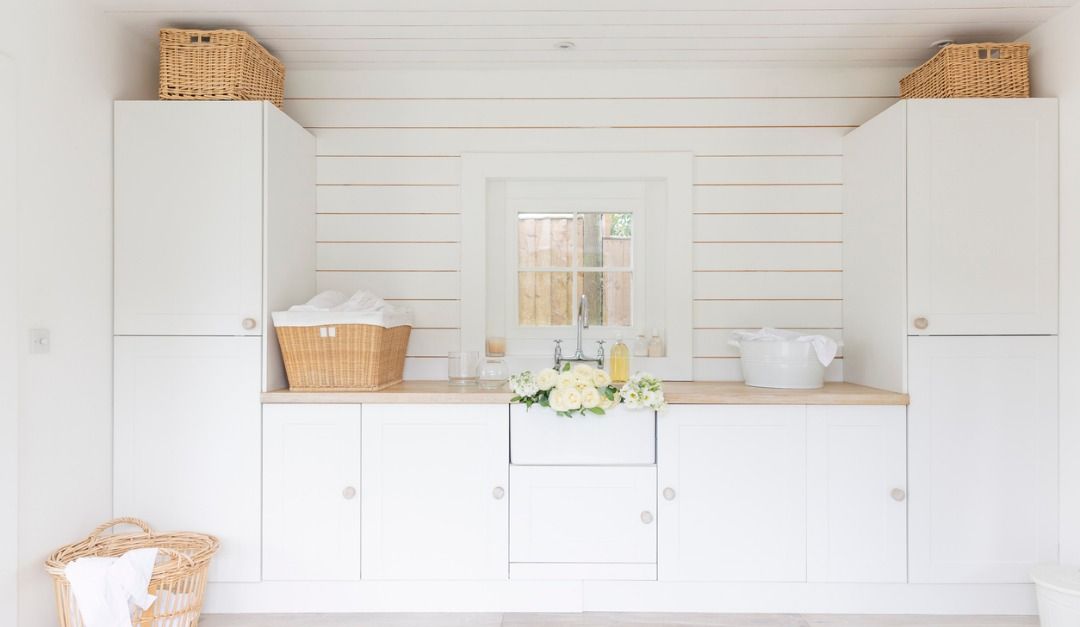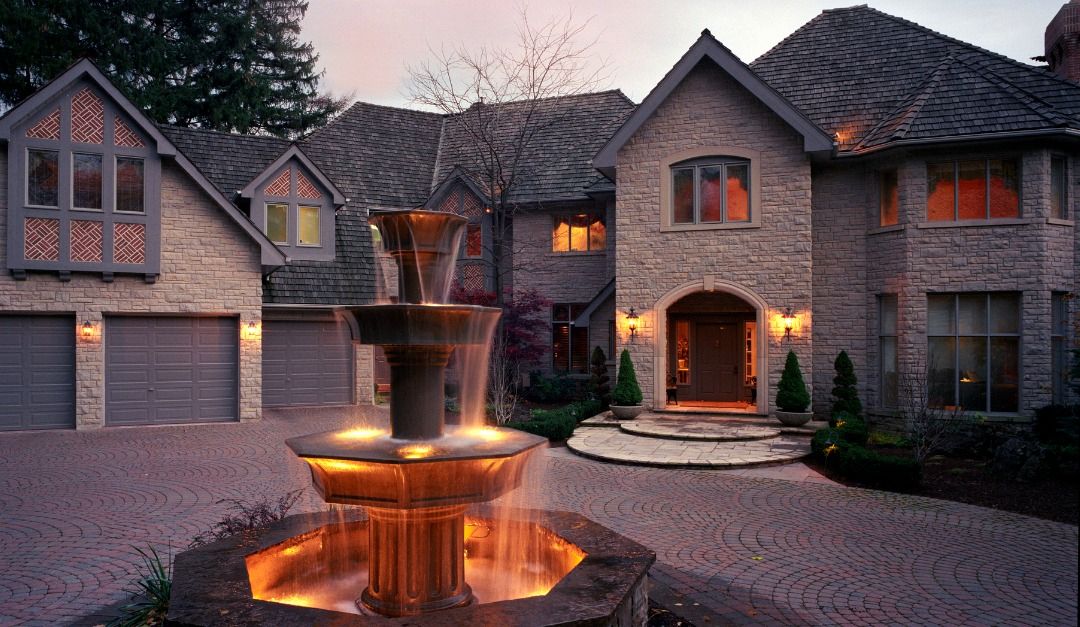
How to Add Lavish Charm to a New-Build Home
The influx in new construction is great, but it can also mean that sometimes luxury new-builds have a similar feel to them, particularly when they’re all built in a single neighbourhood. If you’re like most buyers, you want your home to stand out and have character, whether it’s a rich, old-worl
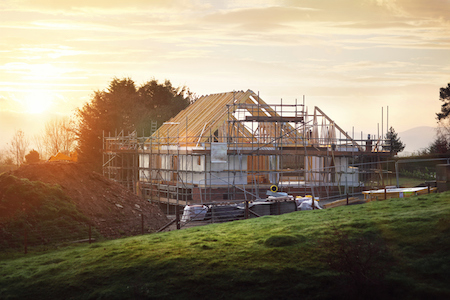
Buying New Construction vs. an Older Home
While the market in Canada continues to grow, everyone is searching for the best deal possible. There are a lot of factors to consider when it comes to buying a home—a big one is if you should purchase an already built home or go for new construction. Here are some factors to consider: Upfront Cost
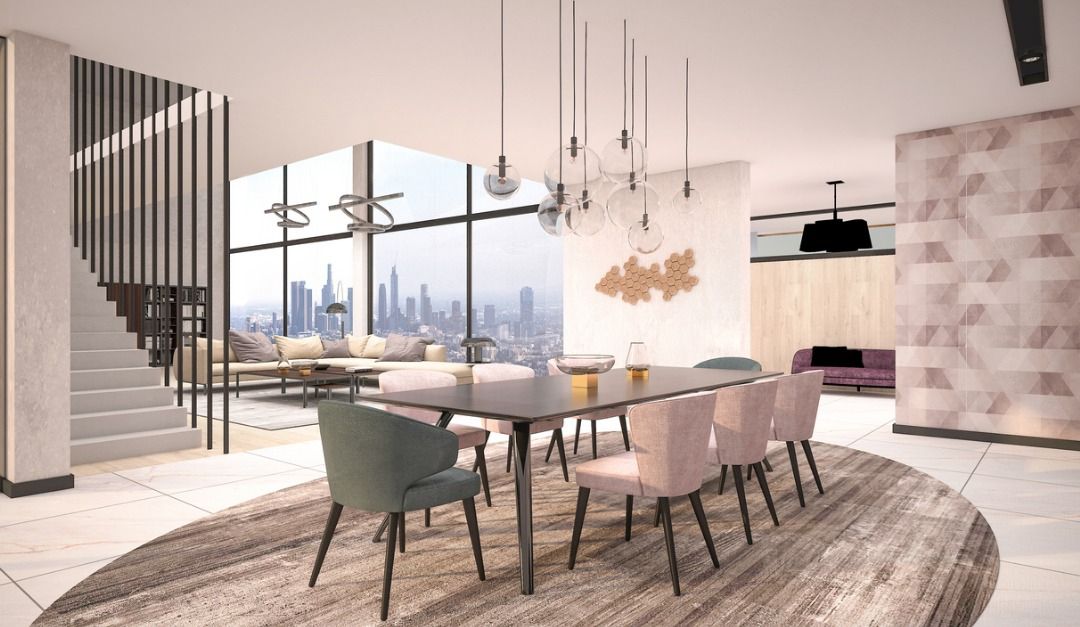
What Most People Get Wrong About Penthouse Living
Penthouses have a certain appeal to them. From 24/7 concierges ready to welcome you home, to dazzling views and panoramic windows, many a buyer sees a penthouse unit as the key to an elevated urban lifestyle. And while penthouse living can be a dream come true, it’s not without a few items to be
Categories
Recent Posts
